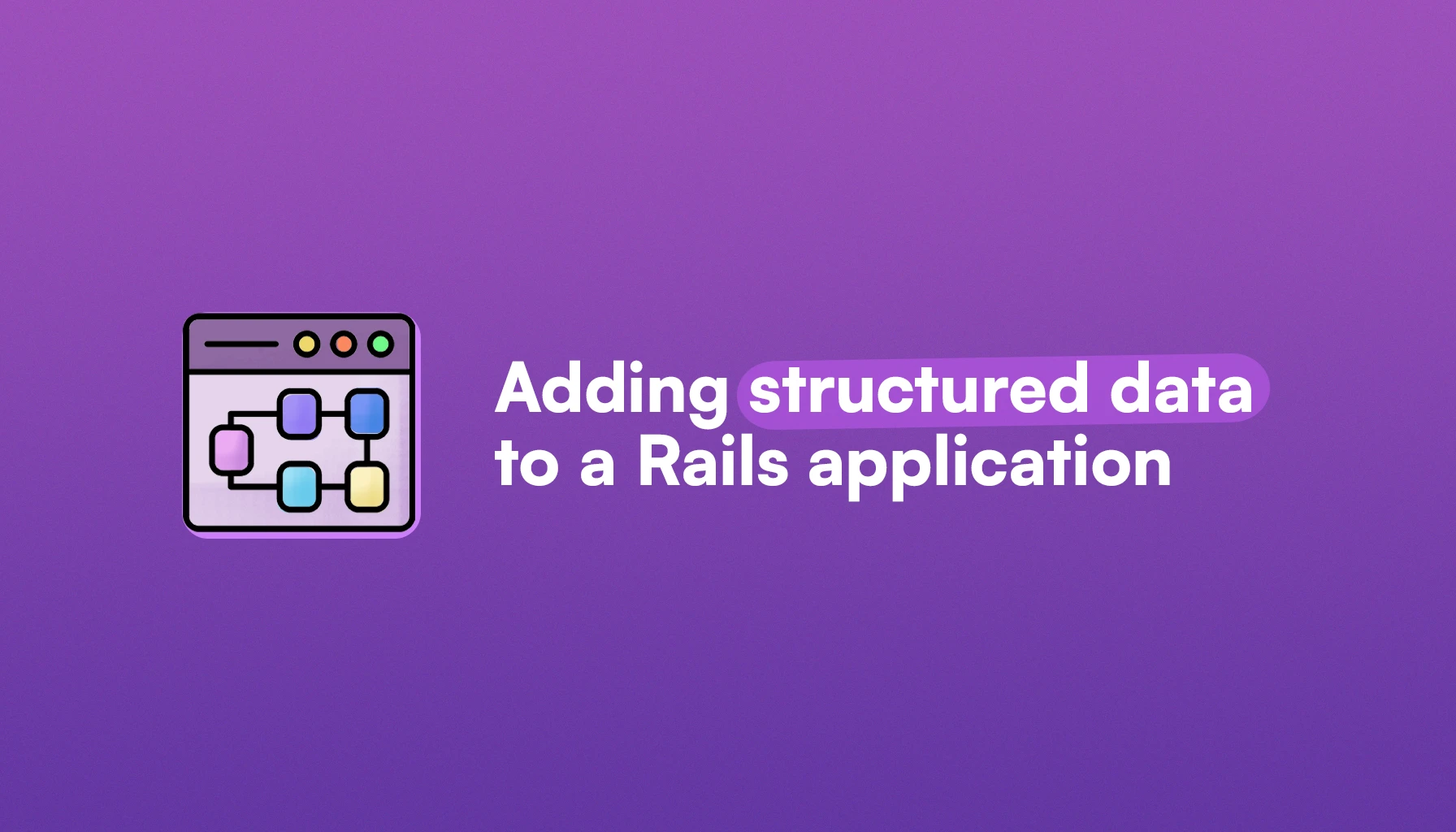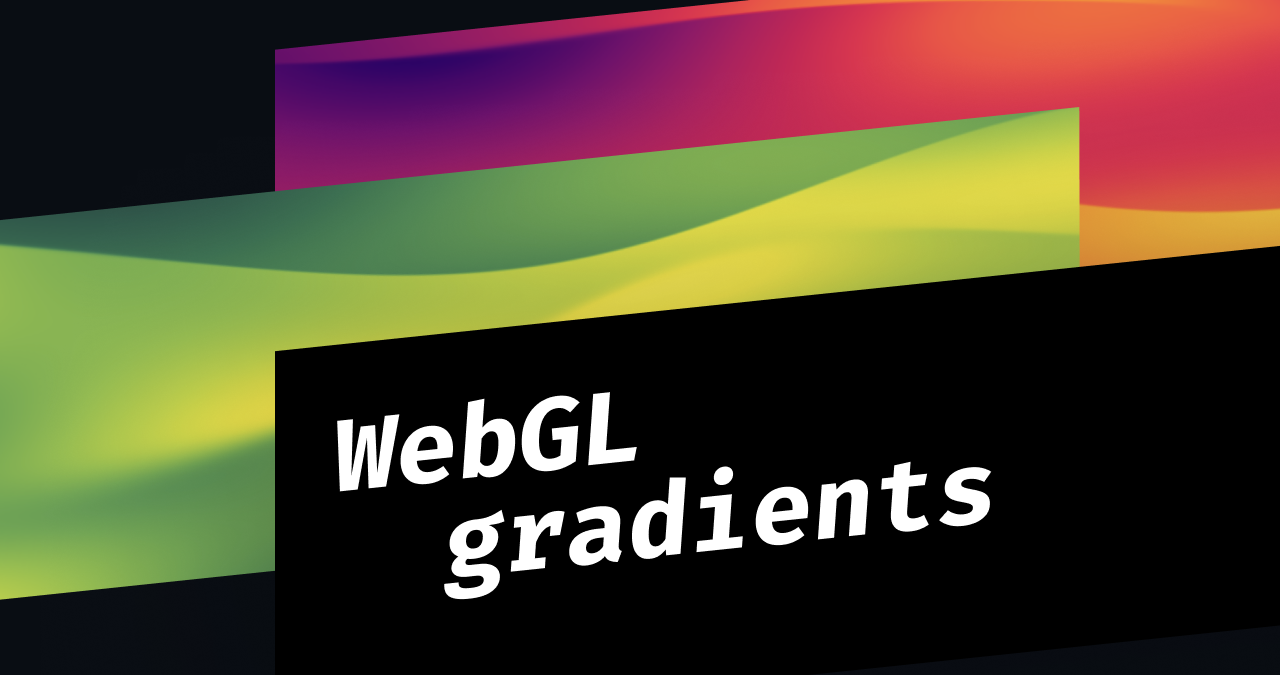DVMCP: A Deliberately Vulnerable Model Context Protocol Implementation
DVMCP is a deliberately vulnerable implementation of the Model Context Protocol (MCP) designed for educational purposes. It features 10 progressively challenging scenarios demonstrating various vulnerabilities and attack vectors, including prompt injection, tool poisoning, excessive permissions, rug pull attacks, tool shadowing, indirect prompt injection, token theft, malicious code execution, remote access control, and multi-vector attacks. This project aims to educate security researchers, developers, and AI safety professionals about potential security risks in MCP implementations and mitigation strategies.












